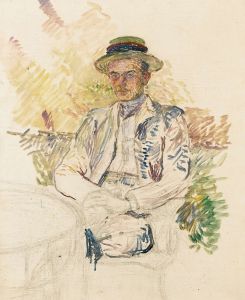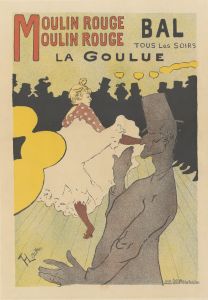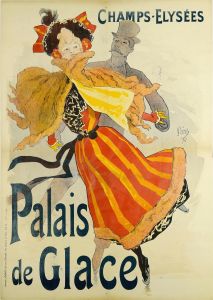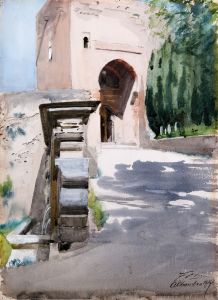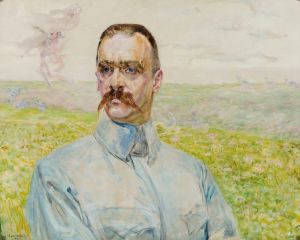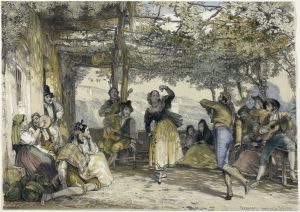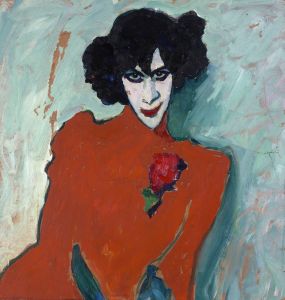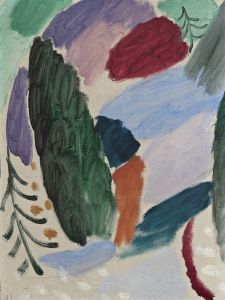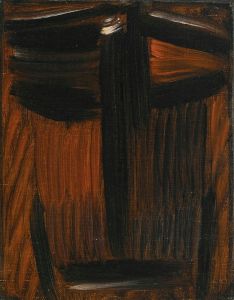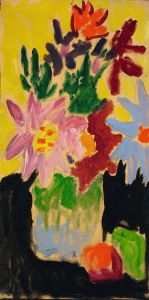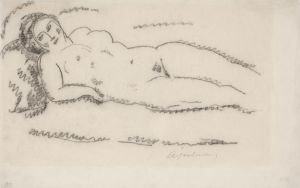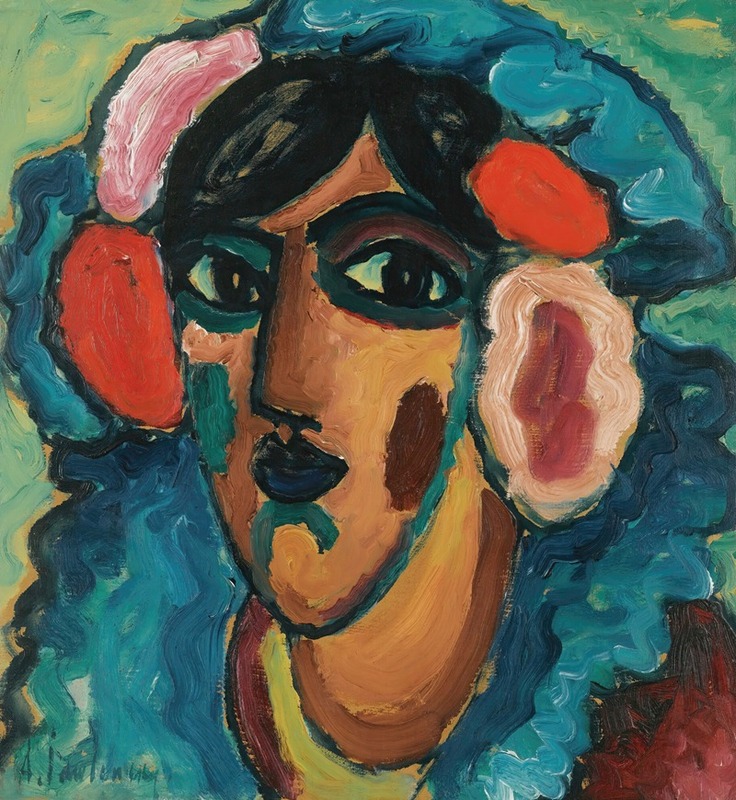
Infantin, Spanierin
A hand-painted replica of Alexej von Jawlensky’s masterpiece Infantin, Spanierin, meticulously crafted by professional artists to capture the true essence of the original. Each piece is created with museum-quality canvas and rare mineral pigments, carefully painted by experienced artists with delicate brushstrokes and rich, layered colors to perfectly recreate the texture of the original artwork. Unlike machine-printed reproductions, this hand-painted version brings the painting to life, infused with the artist’s emotions and skill in every stroke. Whether for personal collection or home decoration, it instantly elevates the artistic atmosphere of any space.
"Infantin, Spanierin" is a painting by the Russian-born expressionist artist Alexej von Jawlensky. Jawlensky, who was a prominent figure in the early 20th-century art scene, is known for his vivid use of color and bold, simplified forms. He was associated with the Expressionist movement and was a member of the Blue Rider (Der Blaue Reiter) group, which included artists like Wassily Kandinsky and Franz Marc.
The painting "Infantin, Spanierin" is part of Jawlensky's series of works that explore the theme of the human face and its expressive potential. This series is characterized by its focus on the spiritual and emotional aspects of portraiture, rather than realistic representation. Jawlensky's approach often involved the use of strong, contrasting colors and simplified shapes to convey the inner essence of his subjects.
"Infantin, Spanierin" exemplifies Jawlensky's mature style, where he distills the human face into a series of geometric shapes and vibrant colors. This abstraction allows the viewer to engage with the emotional and spiritual dimensions of the work, rather than focusing on the physical likeness of the subject. The title suggests a Spanish influence, which may reflect Jawlensky's interest in diverse cultural expressions and his travels across Europe.
Jawlensky's work was influenced by various artistic movements and styles, including Fauvism, with its emphasis on bold color, and Russian icon painting, which is evident in the spiritual quality of his portraits. His paintings often reflect a synthesis of these influences, resulting in a unique style that is both modern and deeply rooted in tradition.
Throughout his career, Jawlensky faced numerous challenges, including the upheaval of World War I and the rise of the Nazi regime in Germany, which labeled his work as "degenerate art." Despite these obstacles, he continued to develop his artistic vision, producing a significant body of work that has been influential in the development of modern art.
"Infantin, Spanierin" is a testament to Jawlensky's ability to convey complex emotional and spiritual themes through the medium of portraiture. His innovative use of color and form has left a lasting impact on the art world, and his works are held in high regard by collectors and institutions worldwide.
Today, Jawlensky's paintings, including "Infantin, Spanierin," are celebrated for their contribution to the Expressionist movement and their exploration of the human condition. His work continues to be studied and appreciated for its bold experimentation and profound emotional depth.





